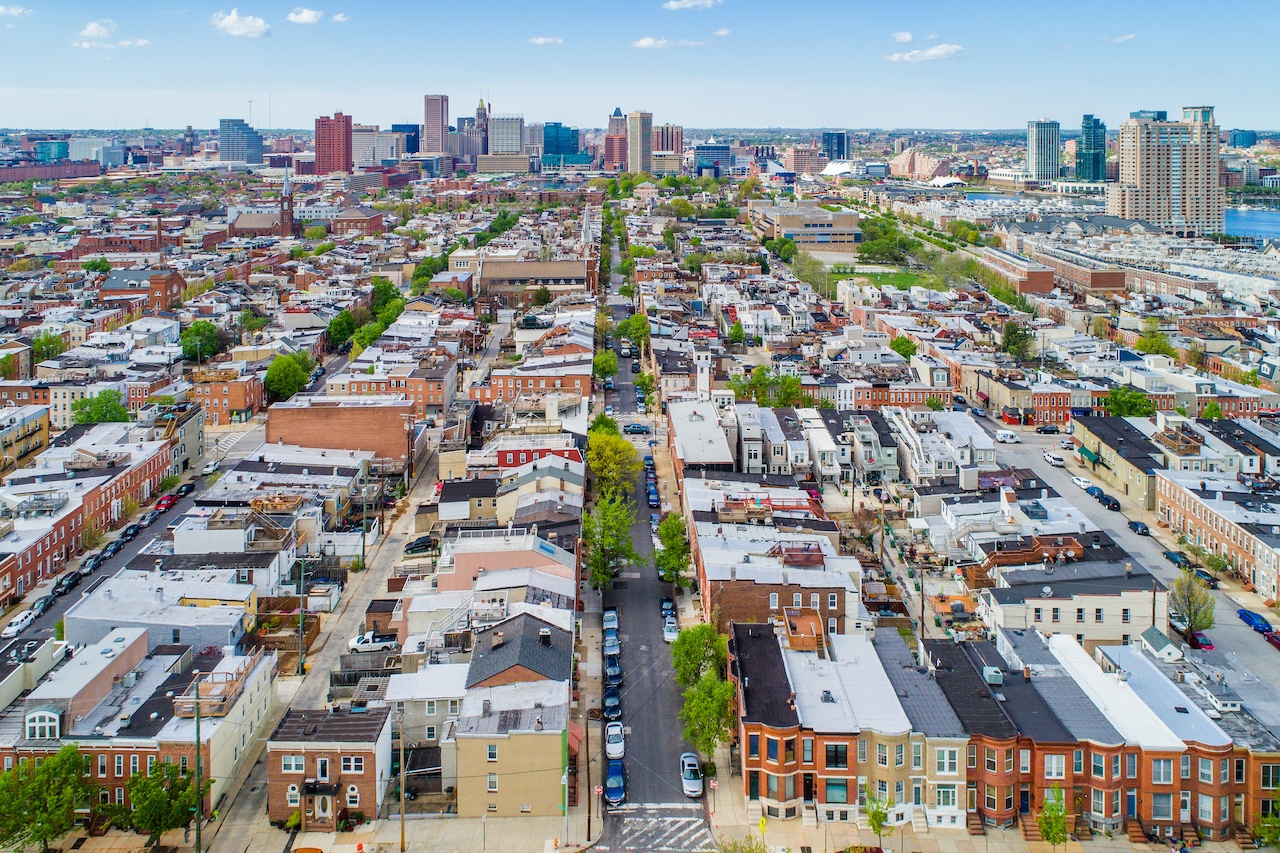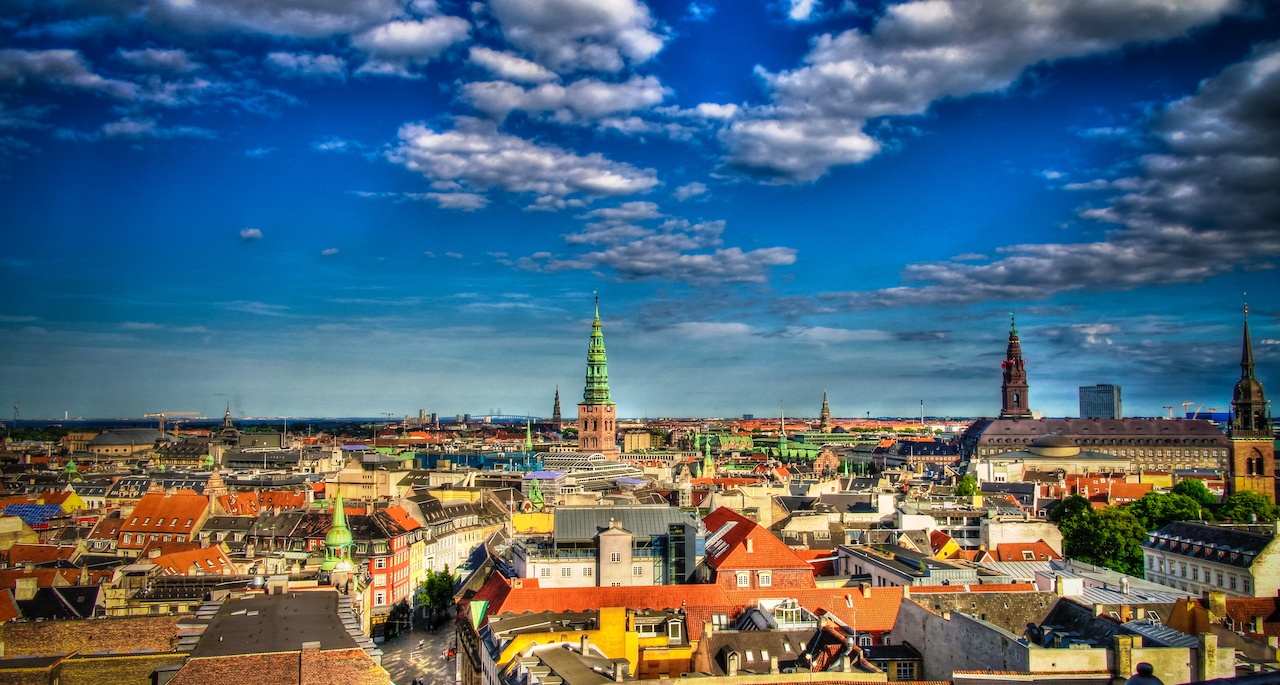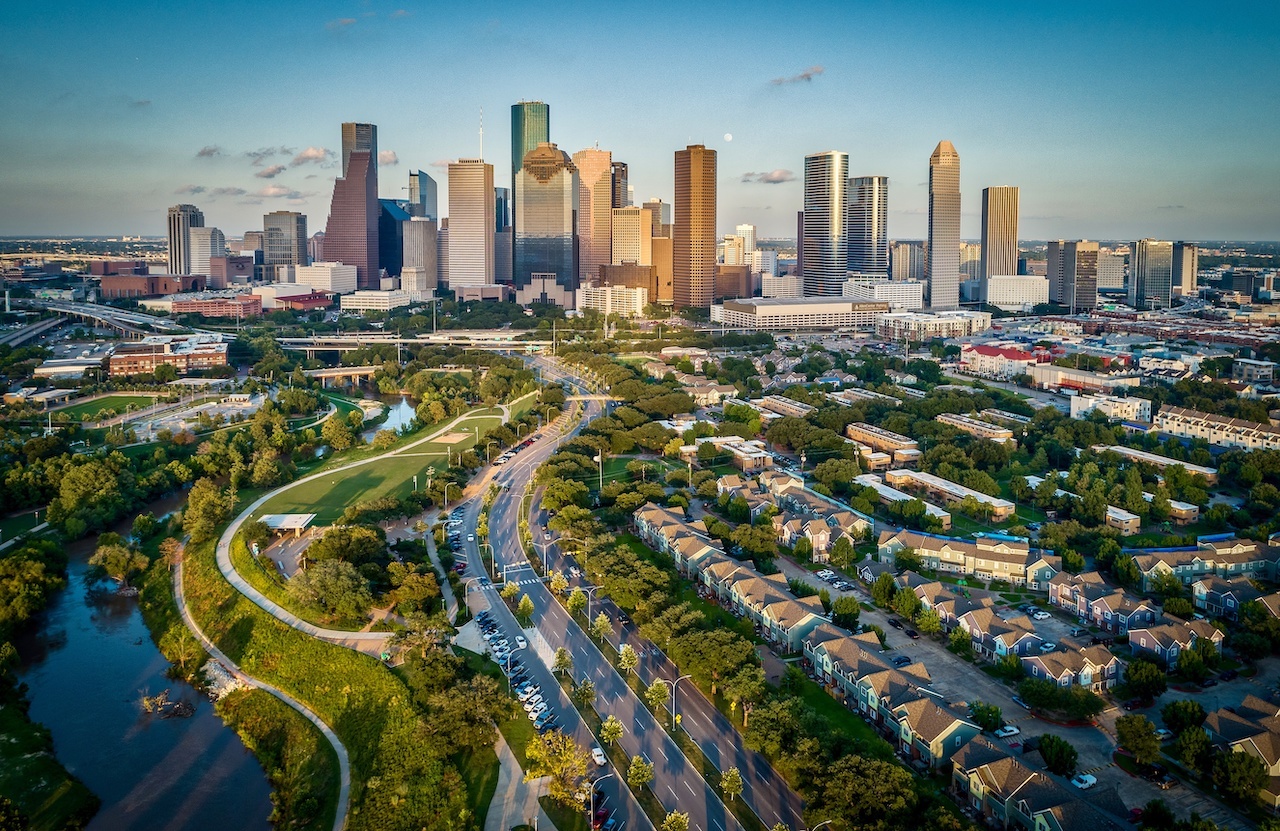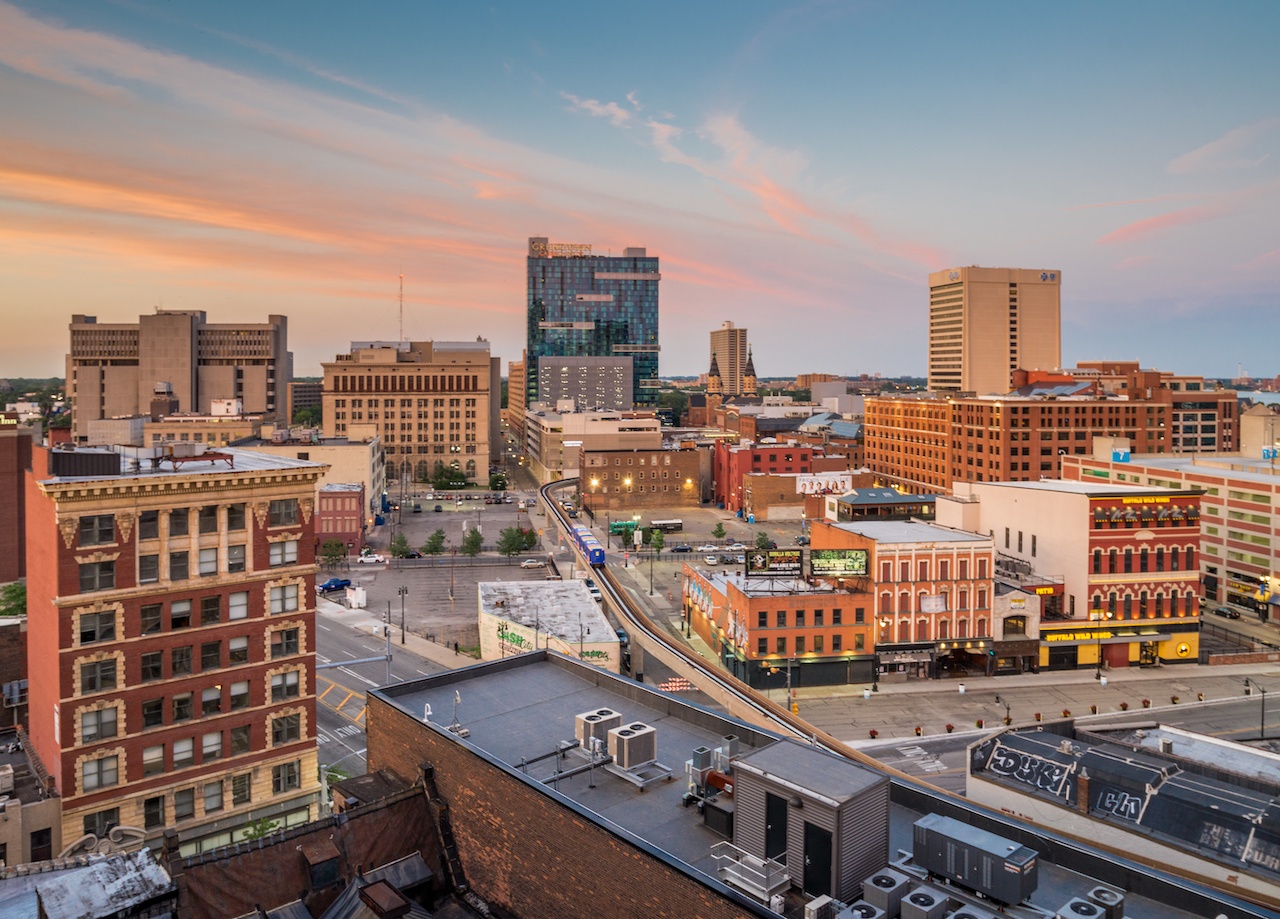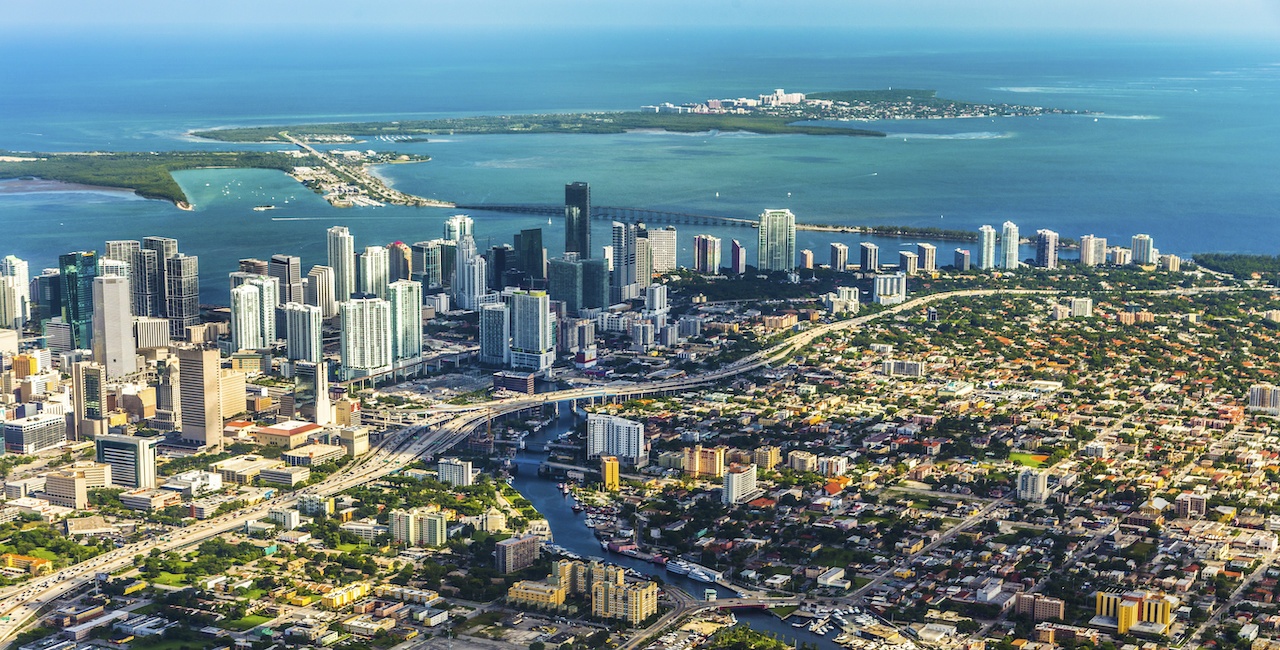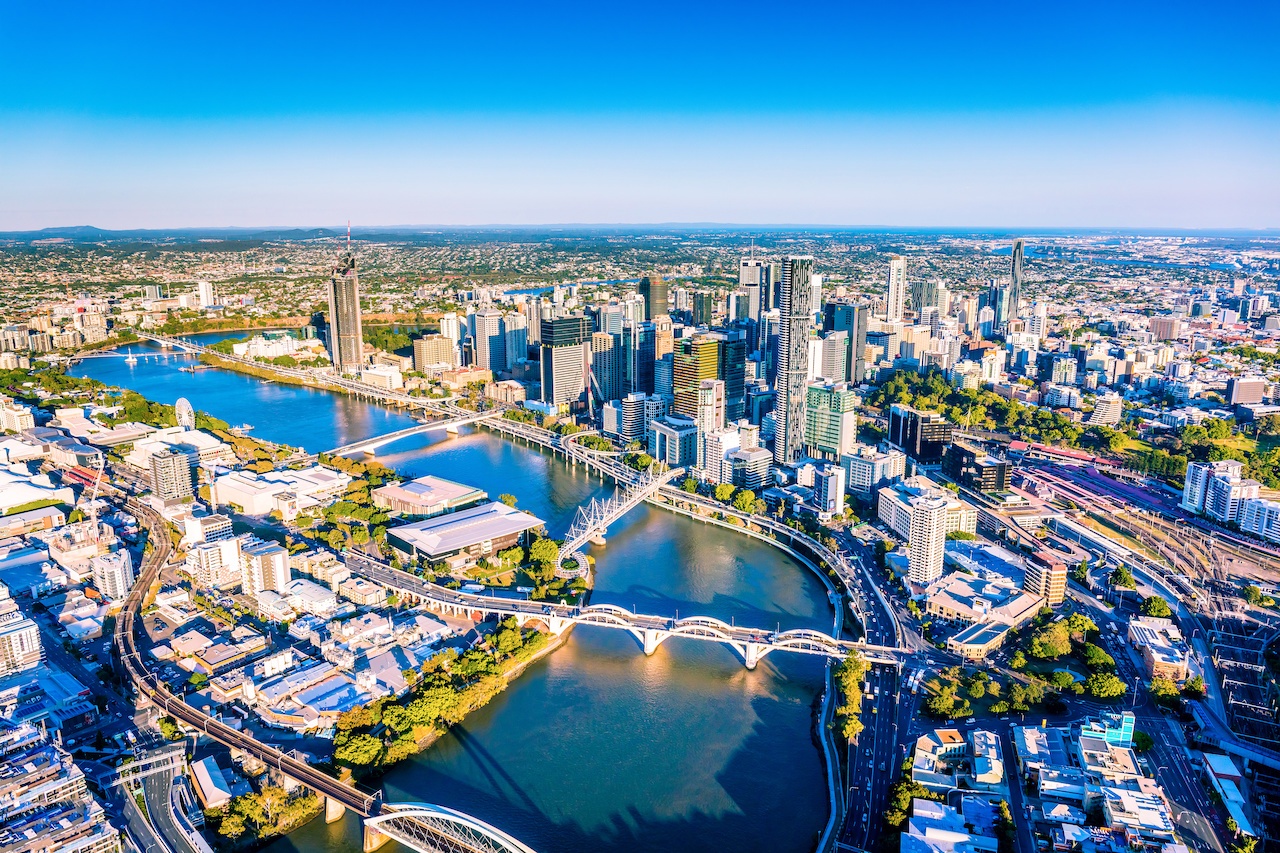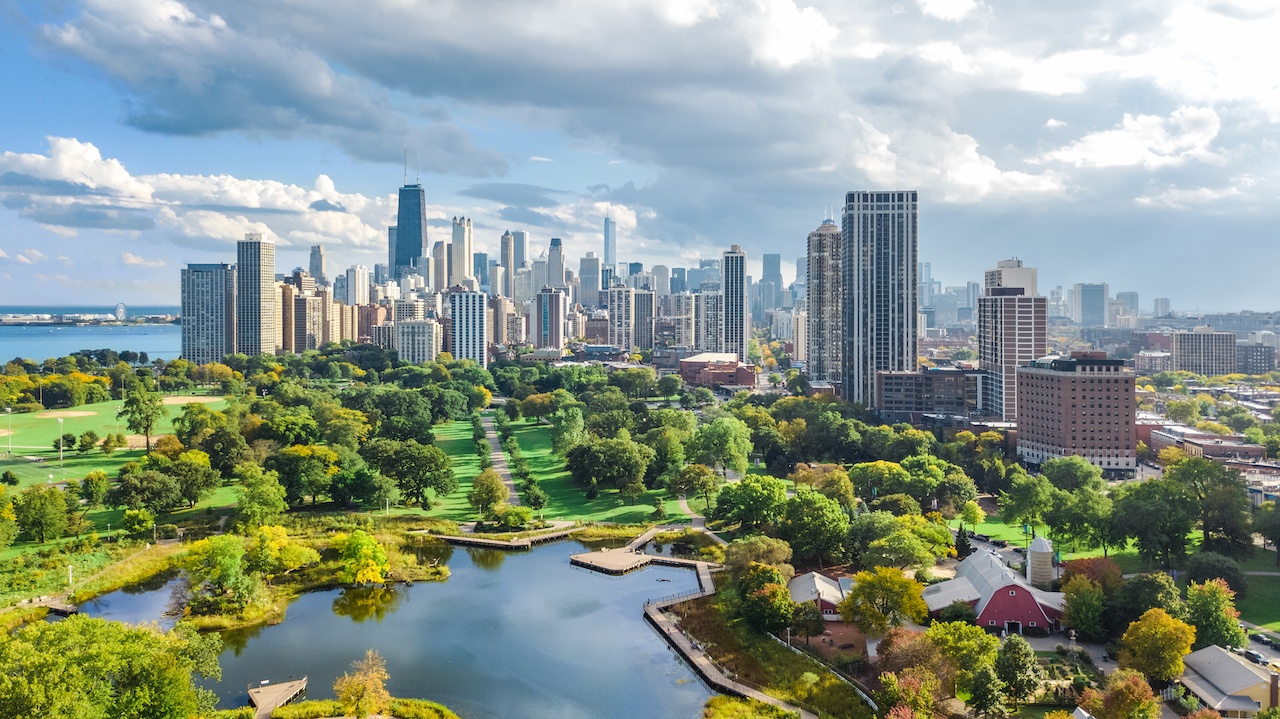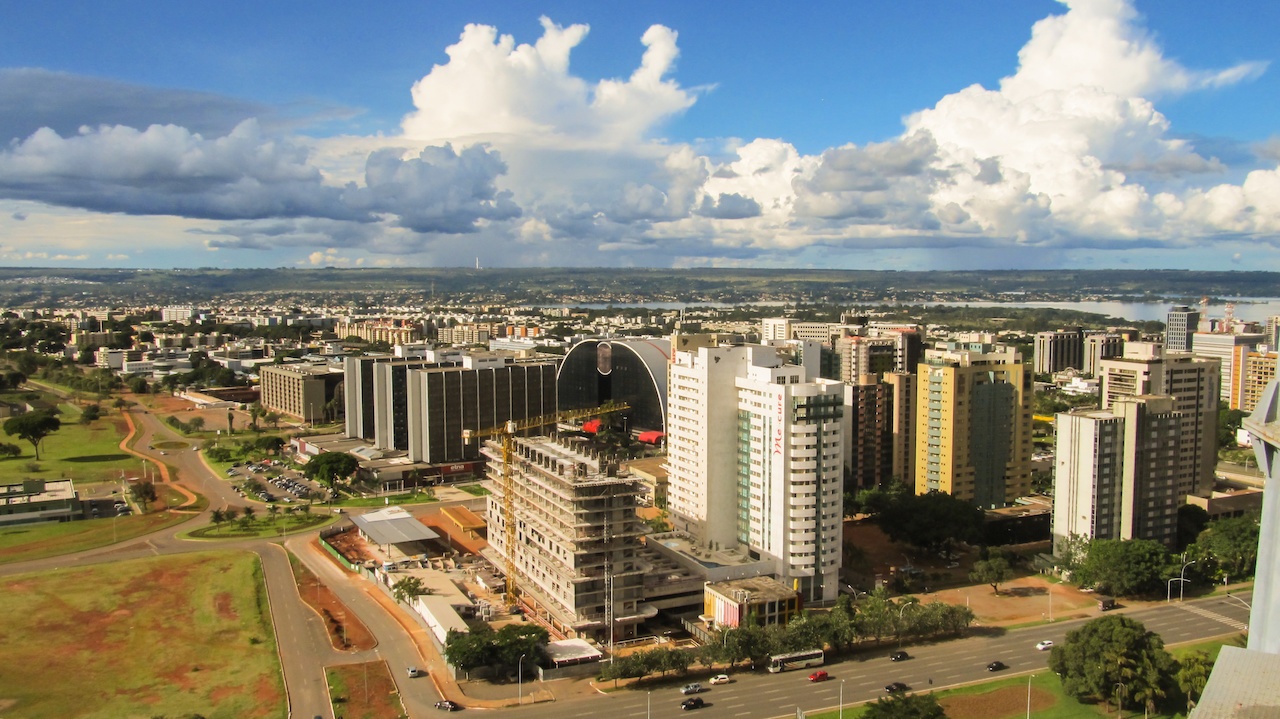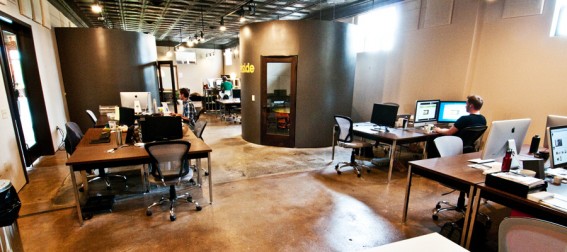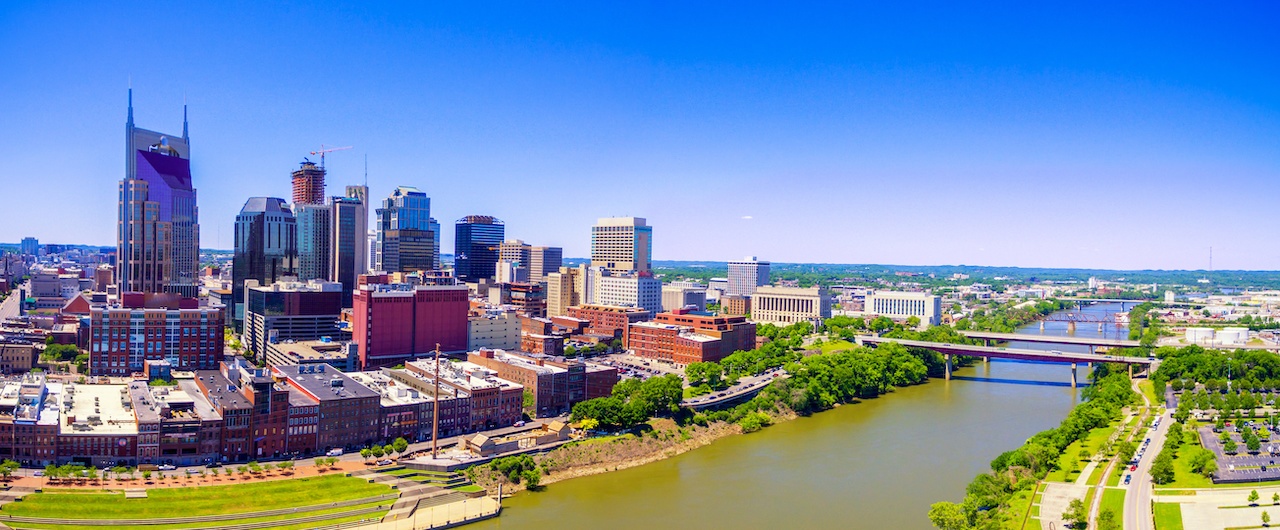Society
A broad category of content focused on societal issues in cities.
Examples: health, community, social equity, education, arts & culture, and homelessness.
Overcoming the Inequity of EV Ownership in Maryland
We found that EV owners are white (85%), male (75%), well educated, affluent (80% >$100,000 household income), older, urban/suburban oriented, and environmentally conscious; they charge at home and use the EV to commute to work (similar to findings in other areas of the country). “Environmental concerns” is the most important factor for purchasing and driving an EV; “price and status” is the second most important factor; “efficiency and performance” of the EV is the third most important. EV owners with lower household income (<$100,000), the remaining 20%, are younger, exurban/rural oriented, and concerned about price and status of the EV. Government at state and federal levels has been subsidizing mostly affluent households to purchase new EVs, which opens up a huge equity issue.
Downtown Revitalization Efforts Create a Market for Contractors
A recent study by the International Downtown Association reports that vibrant downtowns contain around 3% of citywide land, but contain 14% of all citywide retail and food and beverage businesses, and 35% of all hotel rooms. This results in $53 million in sales tax per square mile, compared to the citywide average of $5 million. Not to mention that downtown residential buildings also add to the tax base. In the 24 cities included in the study, residential growth in these downtowns outpaced the rest of the city by 400% between 2010 and 2016.
Partnerships between city officials and contractors result in new and visionary downtown destinations. Along with large vertical construction projects, there are opportunities for countless other projects, including parking structures, enhanced Wi-Fi, landscaping, pedestrian and biking paths, and traffic improvements.
The Future of Cities
Ordered city geometry that is built today is meaningless for energy cycles. Resilient networks contain inherent diversity and redundancy, with optimal cooperation among their subsystems, yet they avoid optimization (maximum efficiency) for any single process. They require continuous input of energy in order to function, with energy cycles running simultaneously on many different scales.
Short-term urban fixes only wish to perpetuate the extractive model of cities, not to correct its underlying long-term fragility!
3 Guidelines for Prioritizing Healthy Communities in Urban Planning
Upstream intervention, a widely known public health concept, is the idea of taking preventive actions that would steer away from potential detrimental health effects such as chronic diseases, injuries, and premature death. To put it in simple terms, all things being equal, staying physically active, eating healthy foods, drinking clean water and breathing clean air, can prevent a whole host of chronic diseases such as diabetes, asthma, heart and lung diseases and cancer. Upstream intervention can be expressed as enacting policies to ensure access to a clean and complete environment of health.
Economic Inclusion is the Key to Detroit’s Revitalization
Understanding the share of middle-class households in a city is the first step to evaluating the economic opportunity in that city. Middle-class households can determine tax base, education-spending, and the stability of its neighborhoods. Unfortunately, Detroit has the lowest share of middle-class households of the 50 largest cities in the country. More importantly, Detroit’s 25 percent middle-class share compares with the region’s share of 38 percent. It would require 33,800 new middle-class households to create parity with the region, and 27,700 of those households would need to African American for Detroit to grow equitably.
5 Ways Multi-Use Trail Systems Transform Communities
Building healthy places for healthy people is embedded in Rails-to-Trails Conservancy’s mission. More than 60 percent of people in the US fail to get the recommended 150 minutes of physical activity each week, and 25 percent are completely inactive. Millions of Americans use trails to become more active and the low-stress, traffic-free environment entices people of all ages and abilities. Safe places to walk or ride are a critical option given rising pedestrian and bicycle fatalities and serious injuries.
Local Government Partnerships for Innovation
At Logan City Council in Queensland, we’ve taken a different approach to influencing change by harnessing the power of collaborative partnership. We’ve done this through focused initiatives involving community, universities and secondary schools, social innovators, change-makers, entrepreneurs, and our own staff.
One of the key drivers was to tap into the community of experts who were mentoring startups in neighbouring cities. Because that knowledge was leaving our city, local startups were following. The idea was keep both within Logan’s boundaries to strengthen Logan’s entrepreneurial ecosystem and deliver benefits back to our local community.
3 Key Lessons from Encouraging Communities to Generate Change
Instead of looking around and thinking to one’s self about what could be done to make a certain place better, our program urges folks to share their ideas and begin building support from the ground-up. That’s how a group of neighbors and volunteers in Brightmoor, Michigan, succeeded in transforming their neighborhood’s food desert back in 2015.
How Policy, Planning, and Technology can Avoid Gridlocked Commuter Traffic
We are firm believers in putting nudge theory to work within organizations. Luum is a data-driven commute benefits software solution that runs end-to-end employer commute programs and gives them deep insight into how their employees commute. We’ve seen the ripple effect that even the slightest positive behavior changes around the commute can have for an entire organization and, subsequently, its city. Over the past five years, our hometown of Seattle has seen its transit ridership grow (one of two cities in the country!) and boasts a downtown drive-alone rate that hovers around 25 percent.
If Addressing Inequalities is the Target, Are Cities the Bullseye?
Opportunity exists to reverse structural inequalities and create inclusive societies. We are now presented an occasion to take decisive action and choose the kind of cities we want to see in the future. Short-term responses limited to reactionary planning are the symptom of current urban inequalities, and puts cities at risk of leaving many residents and communities left behind. In the long run, this impacts growth.
Inclusive Strategies for the Future of Work
As we navigate the tectonic shift to a digital work economy, we have to answer a simple question. What kind of world do we want? We don’t have to wait to see whether robots and software win. The pace and spread of change are already having a seismic impact on work. If we better understand what’s happening today, we can solve for tomorrow.
Grant Funding Available for Projects that Lead Long Term Change
We’re pleased to share that applications for the third year of the program are currently being accepted. In 2017 AARP launched the AARP Community Challenge Quick Action grant program to fund projects that build momentum for change in communities to improve livability for all residents. To date, we’ve funded nearly 220 projects in every state and several U.S. territories. Grants have been given to governments and nonprofit organizations and have ranged from several hundred dollars for small, short-term activities to thousands for larger projects.

